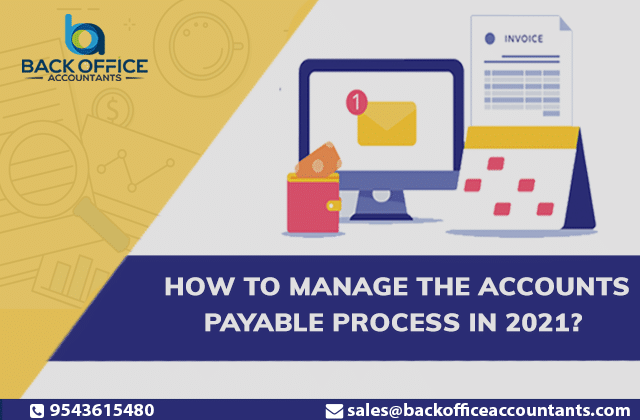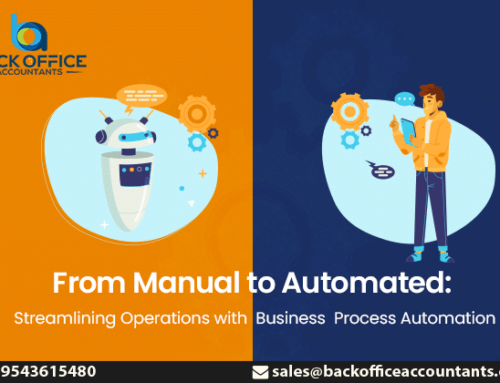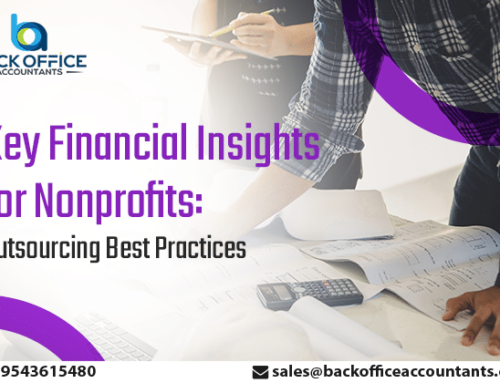The COVID-19 pandemic had delivered a crucial blow to businesses all around the world in 2020. The disruption caused by the pandemic has shone the light on the gaping holes in the crucial aspect of running a business such as Accounts Payable process. Businesses that rely on global supplier and just-in-time models of delivery are particular left gasping for better Accounts Payable process that is robust, proactive and efficient in managing the cash flow, enhance working capital and improve supplier relationships and business reputation without the increased cost of time and resources.
As the world is slowly recovering from the COVID-19 impact of 2020, this is the right time to buckle-up and find ways to improve your existing Accounts Payable Process. If you are business just starting in 2022 looking to build your AP function or a small or medium business aiming to improve upon your existing Accounts Payable process then this blog is for you. Here we help you with key guidelines and tips that can lay pillars for an efficient and accurate AP process for your business. Read on:
Automate Your Accounts Payable Process:
Pandemic has left no choice but to enable remote working and embrace automation of crucial business functions such as Accounts Payable. This inadvertent change from manual AP process to automated and semi-automated Accounts Payable has helped business realize the benefits that were long talked about the automation.
Starting from seamless work transition from office to home, Accounts Payable has offered greater control visibility minimized the costs, reduced the errors, processing time and has helped forge stronger business relationships paving a way for more productive and efficient Accounts Payable process. This new switch made from manual AP process (23% before pandemic) to automated AP process has pushed spending estimates on AP automation from $1.8 billion in 2019 to over $3 billion by 2024.
Back Office Accountants & Accounts Payable Best Practices in 2021:
However not every business have been able to make the switch, few businesses relied on remote accounting firms like Back Office Accountants which offer both manual and automated AP process to save time and money. But if you are keen on getting your own AP department then this is the right time to jump on the automated AP process to lay a strong foundation for your business.
That said, just laying the foundation doesn’t guarantee the success, automation is merely a tool and you must adopt to proven practices and refine the Accounts Payable process to improve liquidity, avert cash flow risks, optimize working capital and build strong supplier relationships with minimized business risks and administrative costs.
Having worked hundreds of small and medium businesses improve their Accounts Payable, Back Office Accountants has been able to strategize and put to test a variety of Accounts Payable best practices and following are a few which were found to be helpful :
- Focus on the vendor selection process – Selecting a preferred list of vendors to help your negotiate better buying terms and guard your business against unfavourable conditions must be your first step in setting –up an efficient AP process. Focus on negotiating process involving key decision-making personnel, ask them for discounts and offers, and push for longer terms if you can strike a better deal. Ensure quality standards and maintain scorecards on the delivery performance to help you in negotiation.
- Adopt management workflows – Having intelligent workflow management is essential to identify and solve the bottlenecks, optimize and streamline the process for smooth functioning.
- Supplier master data platform: The negotiated terms and conditions along with the product details, delivery timelines, vendor responsibilities and quality standards must be adequately stored in a master data portal with all the service level agreements. Also always update the payment terms based on available discounts and offers, document management systems can help you in this process.
- Set-up supplier portals – Supplier portals that can track the delivery schedules, status of orders, payments, and shortages of products can simplify and streamline the process, cut down the burden of extra work, errors and improve the accuracy of the entire process.\
- Timely and efficient invoice processing: Proper invoice management is the key to maintain an optimized cash flow and liquidity patterns. Always adopt a standardized process that is centralized to ensure accurate and efficient invoice processing: Pay invoices on time with a date stamp, send the inaccurate invoice back to suppliers, and set-up dedicated channels for error-handling and consult review on the follow-ups and more.
In addition to the above businesses are advised to optimize their procurement process, ensure a periodic and contract-review, keeping a special focus on financial reporting, to ensure increased financial visibility and control. For more information on the Accounts Payable best practices, you can refer to our previous blog – Back Office Accountants – 4 Key Accounts Payable Practices You Need to Adopt Right Way In 2021.
In case you are only starting on automating your Accounts Payable Process, perhaps our earlier blog on AP automation – 5 Accounts Payable Tools That Can Boost Efficiency Of Your Accounts Payable Department can help too. That said, if you are a small and medium business looking for Outsourced Accounts Payable Services, you can contact our Accounts Payable Experts at Back-Office Accountants here: https://www.backofficeaccountants.com/







